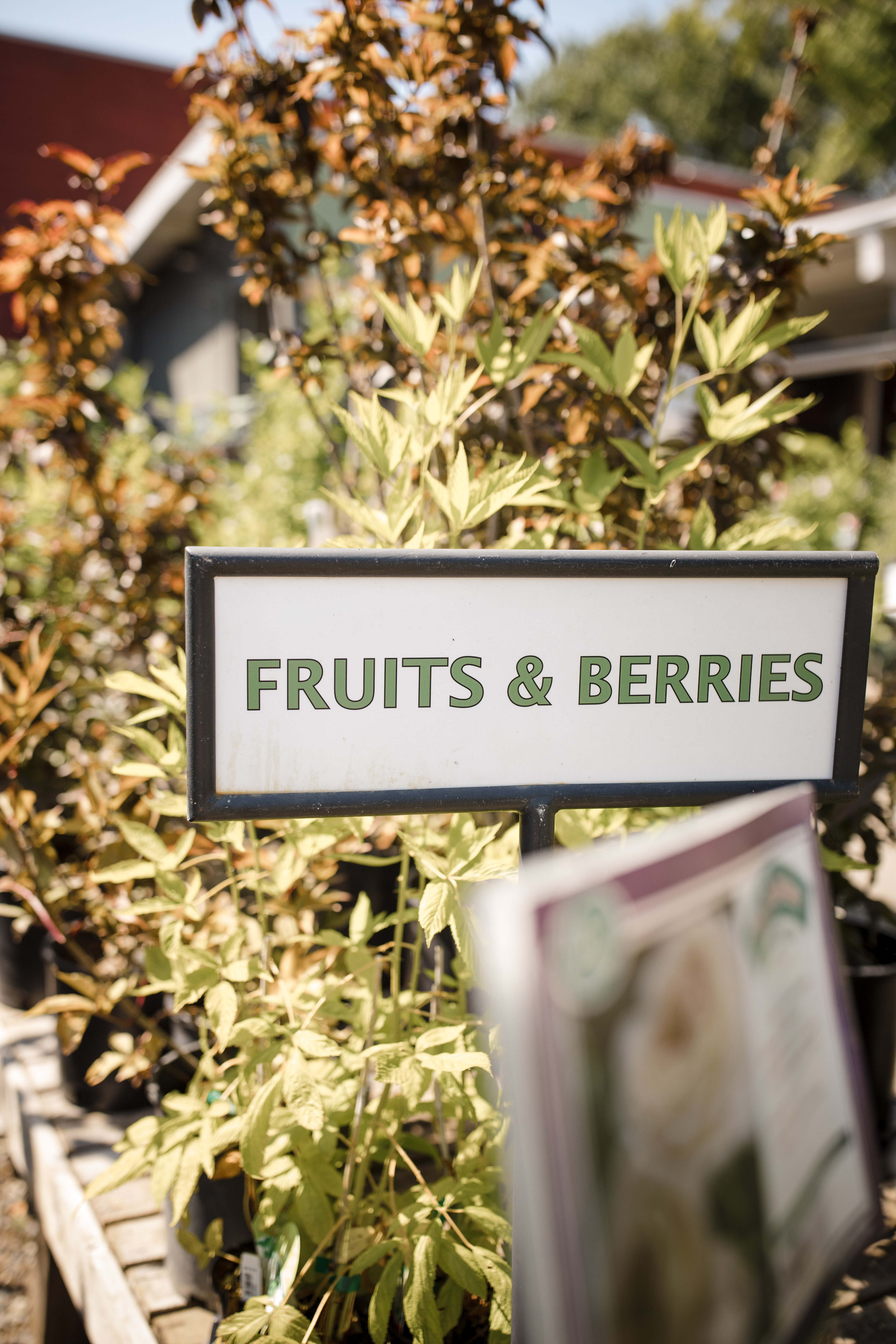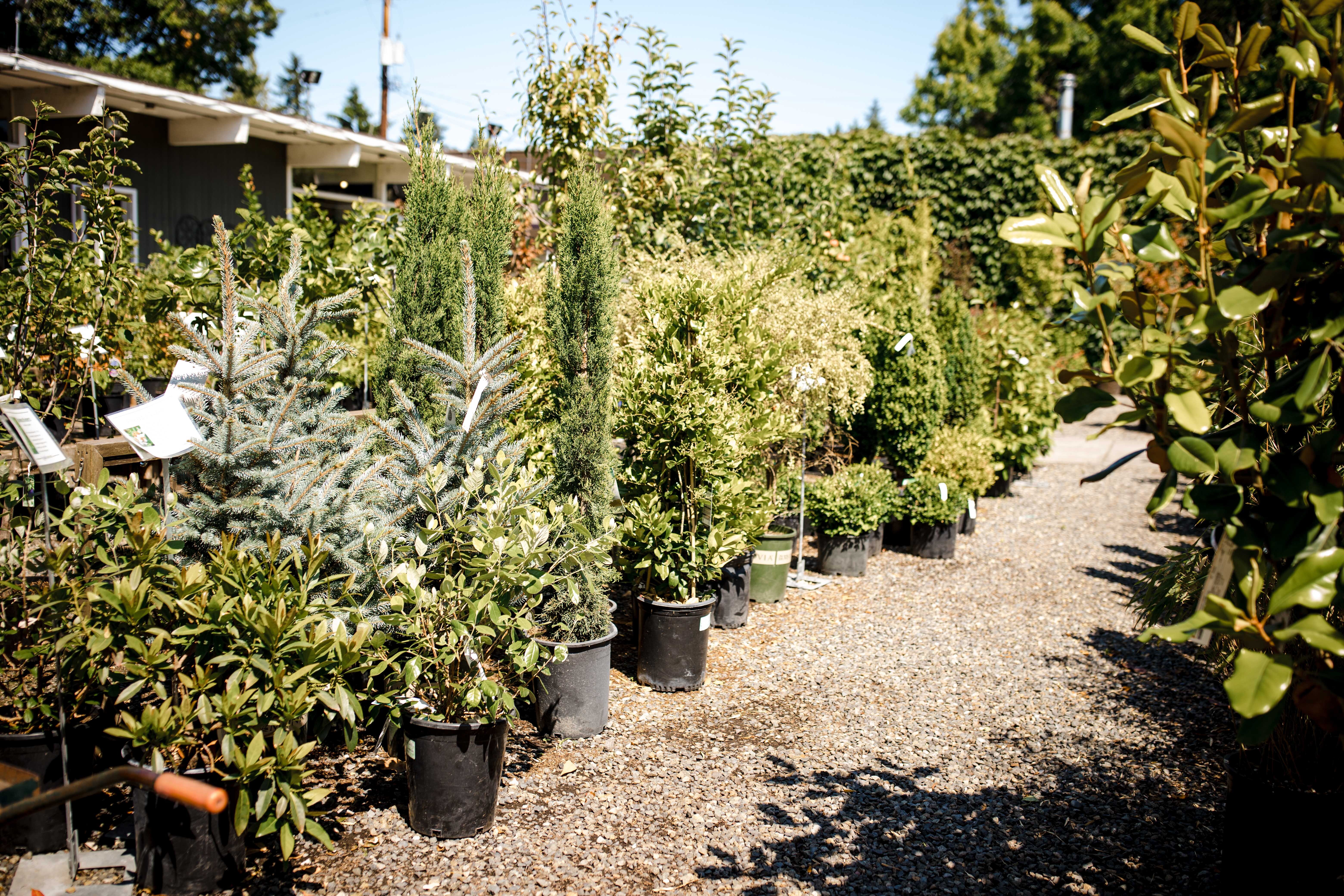Seed Starting
How to start seeds inside
A step by step guide to ideal seed germination indoors

There's nothing like home-gardened greens, and early to late February is the perfect time of year to kickstart the growing season indoors in the Pacific Northwest. Whether you're a seasoned gardener or just beginning your horticultural journey, starting your plants from seeds can be a rewarding and tasty experience.
With the right mix of heat, humidity, and soil, you can grow a variety of leafy greens from seeds starting right in your windowsill. Let's walk through these simple steps to ensure your seedlings grow healthy and strong.
Prepare Seed Mix:
We recommend E.B. Stone Seed Starter mix. It is a mix of peat moss, dolomite lime and perlite designed to create ideal seed sprouting conditions. Put the mix into your containers, then moisten the mix with water until it's evenly damp, but not soggy. We carry Jiffy-Strips containers, which are compostable planting cells you can place directly in the ground.
Plant Seeds:
Follow the instructions on the seed packet for planting depth and spacing. Label each tray or pot with the plant name and planting date. Use 2 to 3 seeds in each pot, thinning later to the strongest single plant. The thinned plants make tasty microgreens.
Provide Ideal Growing Conditions:
Place the trays or pots in a warm location, ideally between 65-75°F (18-
24°C). You can use a seedling heat mat if necessary. Make sure the tray gets good, indirect light. South-facing windows or grow lights are suitable options. Maintain humidity by covering the tray with a dome. You can remove the dome once seedlings touch the top of the lid.
Water Carefully:
Keep the soil consistently moist but not waterlogged. Use a watering can with a fine nozzle or a spray bottle to water gently. Avoid letting the soil dry out completely.
Thin Seedlings:
When the seedlings have a couple of true leaves, thin them to the recommended spacing to prevent overcrowding.
Fertilize:
Once seedlings have a few sets of leaves, you can start using a diluted, balanced liquid fertilizer according to the package instructions. We recommend E.B. Stone Fish Emulsion with Kelp.
Acclimate to the outdoors (Harden Off):
About a week before transplanting outdoors, gradually expose seedlings to outdoor conditions. Start with a few hours of indirect sunlight and gradually increase the time.
Transplant Outdoors:
After the danger of frost has passed, transplant your hardened-off seedlings into the garden, following the recommended spacing and planting depth for each type of plant. If you chose compostable containers, slit the side before planting directly in the ground.
We have all the supplies you need to start your seed-growing journey at the Magnolia Garden Center. We invite you to bring your questions to our team of Garden Coaches, who are here to assist you with personalized advice and insights on all things plants.
Whether you're curious about what seeds to start inside, need guidance on adjusting care for your seedlings, or simply looking for gardening advice or inspiration, we're here to help. Visit us in-store today. Happy gardening, and we look forward to seeing you soon!
Seed Starting Supplies
We recommend E.B. Stone's Seed Starter soil. This light and fluffy mix is ideal for seed germination.
The peat helps hold moisture, which is important for seed germination. The lime balances out acidity of the peat (most vegetables don't like acid soils) and the perlite is for drainage.
1 package of 50 planting cells fits perfectly in the seed starting tray
Plant 2 to 3 seeds in each compostable Seed Starting Jiffy-Strips cell, then thin it out to the strongest seed once they sprout.
When it comes planting time, simply divide the cells up and plant them directly the ground.
Before planting in the ground, slit one side of the container to promote root growth.
A seed growing tray is a must have to collect water that drains from the containers and to keep humidity, which is very important for seed starting.
Place the tray in a sunny windowsill or on a heat mat. Ideal temperature are between 65-75°F. A heat pad is a great option to ensure warm growing conditions.
It will be time to transplant when the leaves are about twice the height of the pot.
We've got everything you need to get your seedlings started right in one place.












